Moving Beyond Sustainability: The Need for Regeneration
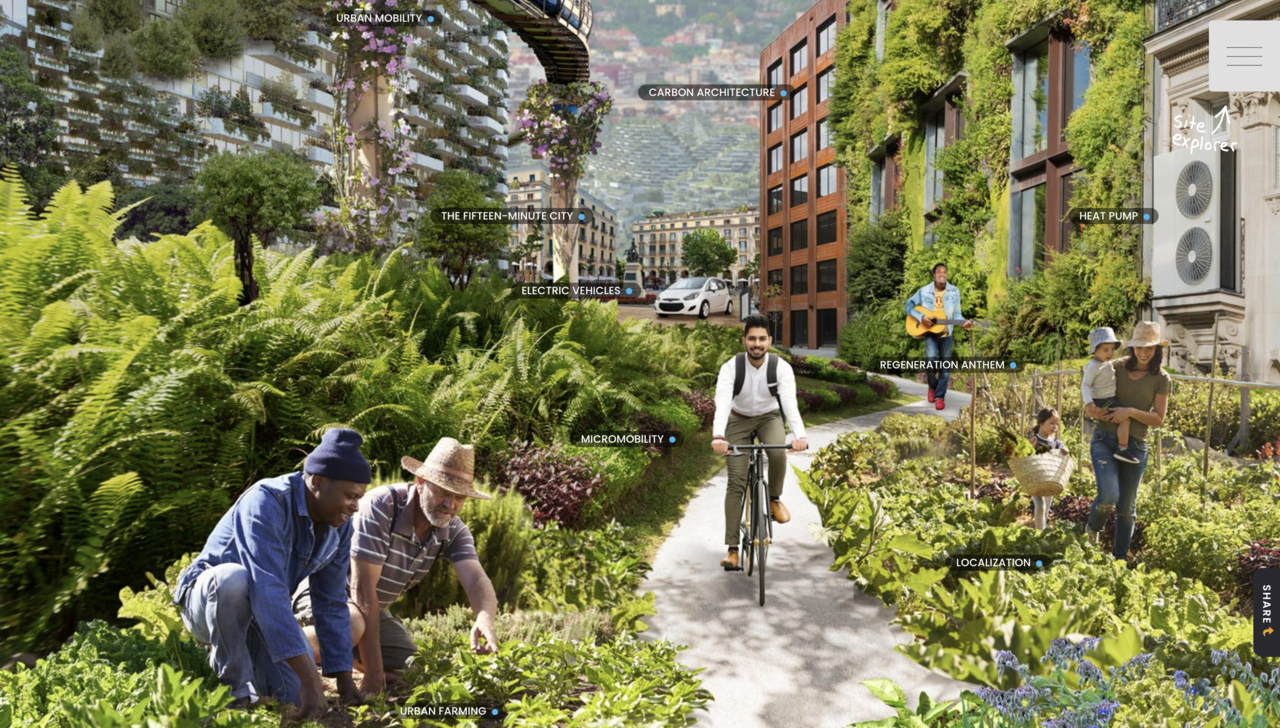
My Laidlaw summer research project is titled “Co-designing a holistic design approach to Meadows in the Making in St. Andrews, Fife” and focuses on the topics of enhancing, expanding and connecting urban green spaces in St. Andrews, Fife. Before and during my research period, I was very lucky to attend several conferences relating to my research project. Here, I met professionals in architecture, landscape design and urban planning as well as biologists, anthropologists and decision-makers from regional and national authorities. I also learned about the newest approaches, techniques and tools for sustainable urban design and was introduced to the latest debates in the field. One of these is the topic of regeneration.
"Regeneration puts life at the center of every action and decision. It applies to all of life—grasslands, farms, insects, forests, fish, wetlands, coastlands, and oceans—and it applies equally to family, communities, cities, schools, religion, commerce, and governments."
Regeneration - to go beyond simply maintaining (sustainability) and rather design to restore - everything from habitats to health and communities - is key to solving both the climate and biodiversity crises. The mainstream definition of sustainability tells us that we must conserve what we have (resources, biodiversity) so that the natural systems can sustain. But scientists are telling us that it is too late to simply conserve and sustain - instead, we must begin to restore. In June 2021, I attended a conference in Copenhagen called “Regenerative Visions: Beyond Sustainability” organised by Founders of Tomorrow and Dare Disrupt. Here, I was introduced to regenerative agendas within fields ranging from medicine and farming to data storage and leadership. One particular topic however caught my attention - how do we make cities regenerative? Is it even possible? I was therefore super excited when I found out that the 2022 conference from Founders of Tomorrow and Dare Disrupt would be dedicated to this topic with the title “Urban Futures: Rethinking & transforming cities for the regenerative era”. I applied again and set off for Copenhagen halfway through my Laidlaw research programme.
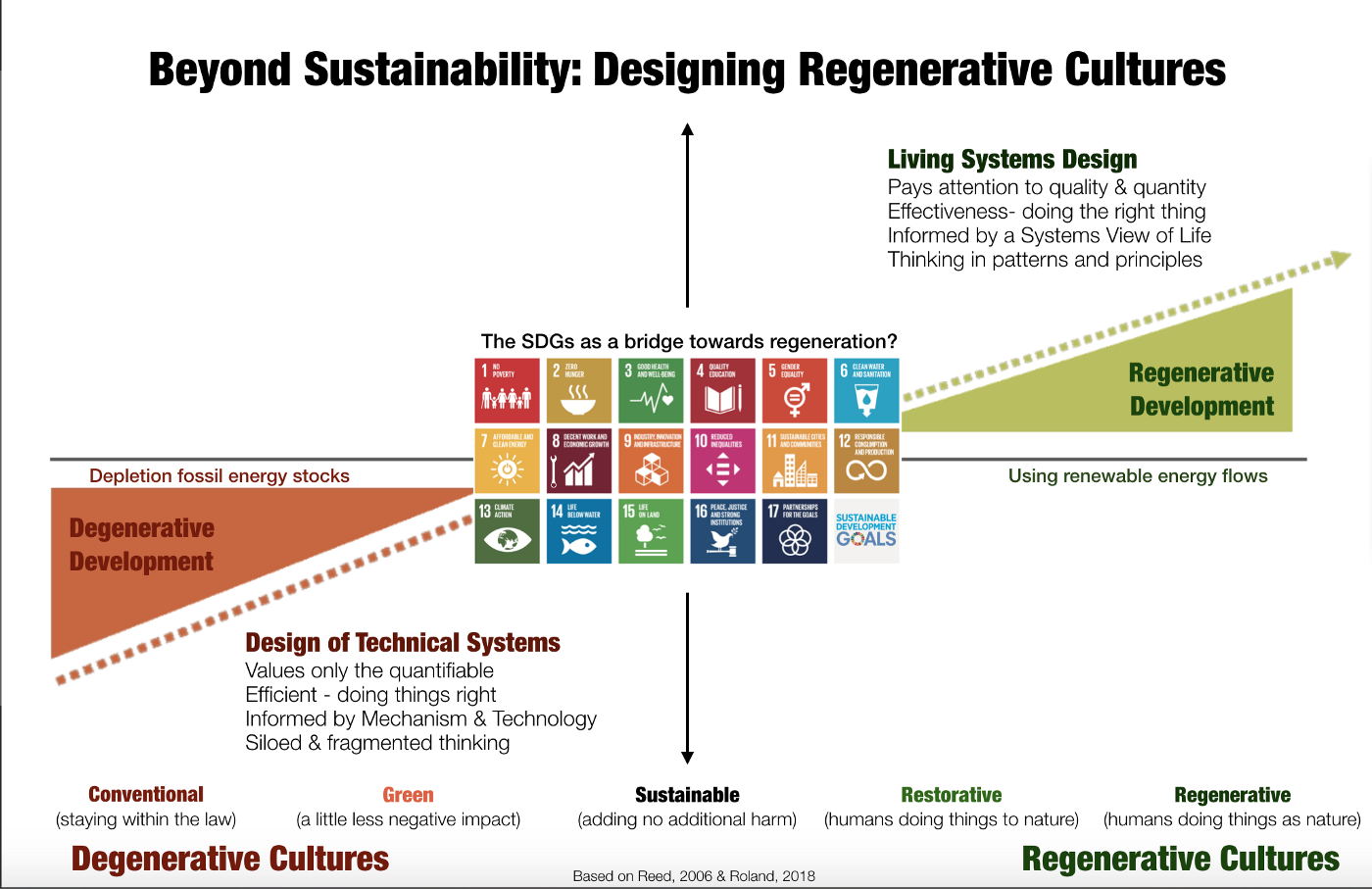
From Daniel Christian Wahl's article: A systems approach to the SDGs & the need to reframe SDG8
Cities today are responsible for 60% of global CO2 emissions and use 78% of the world’s energy, and by 2050, 70% of humankind will be living in cities. There are also many challenges related to both health and social sustainability in cities such as air pollution, increasing inequality, loneliness and stress. A regenerative city would not have any of these problems. But where do we begin?
Project Regeneration is becoming “the world’s largest, most complete listing and network of solutions to the climate crisis”. Solutions range from seaforestation, greening the cities and restoring land to changing our agricultural systems, creating wildlife corridors and using renewable energy in new and innovative ways while reducing our consumption. But at the core of these, and many other, regenerative solutions is one key change we all have to make. We must start recognising nature as the foundation for all of our social and economic systems, and crucially, we must start seeing ourselves as part of nature. To do so, I believe we must begin reconnecting with nature - something I will continue to explore as I conclude my summer research project.
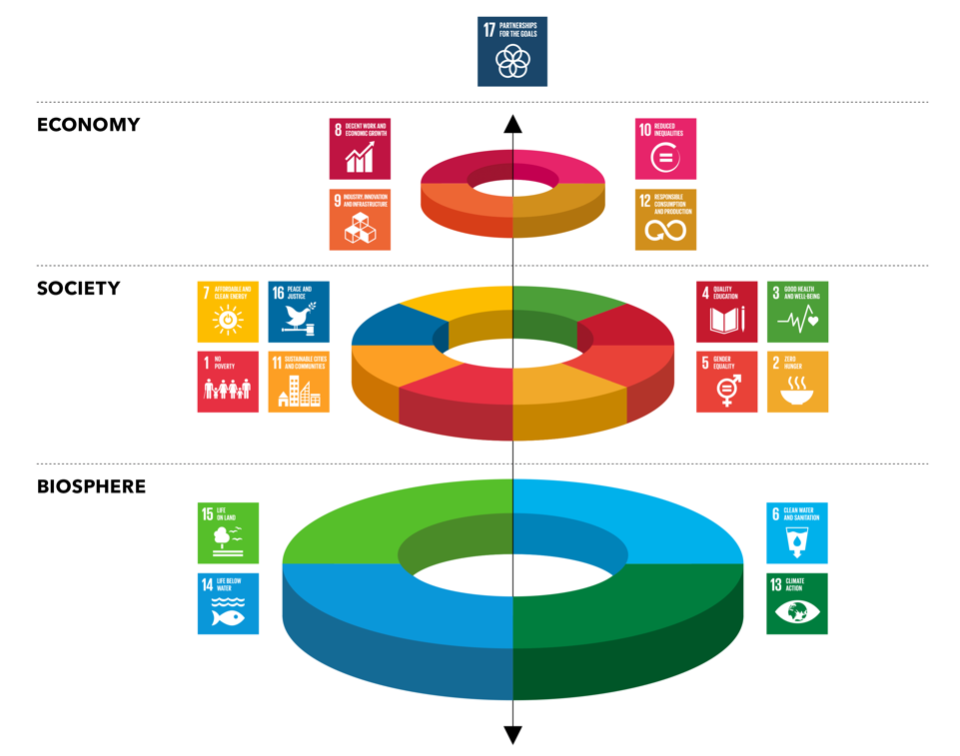
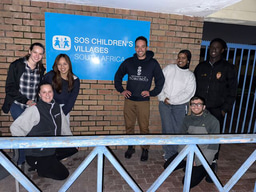
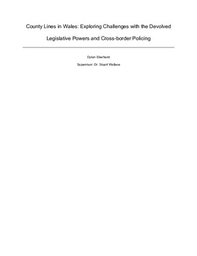
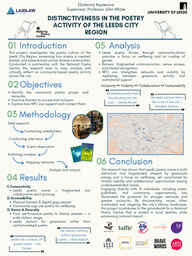


Please sign in
If you are a registered user on Laidlaw Scholars Network, please sign in